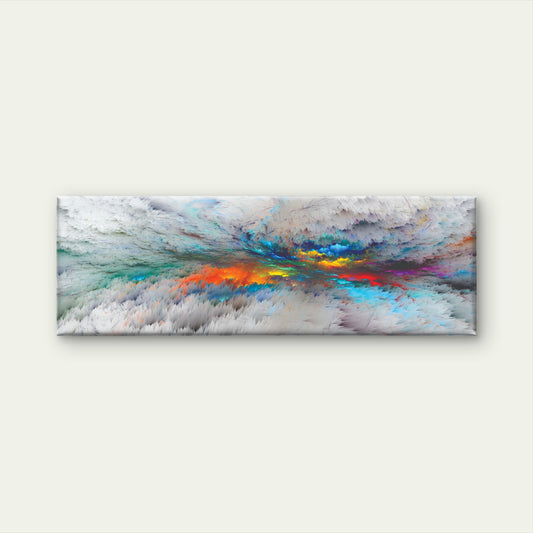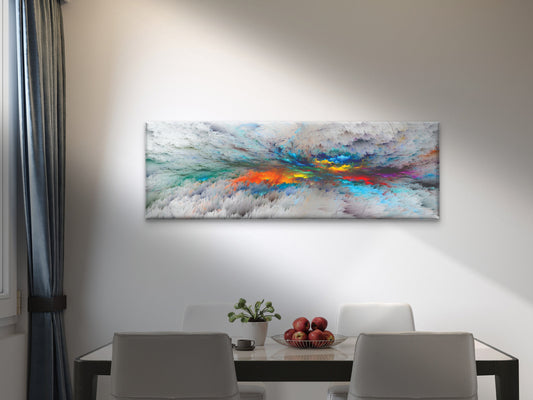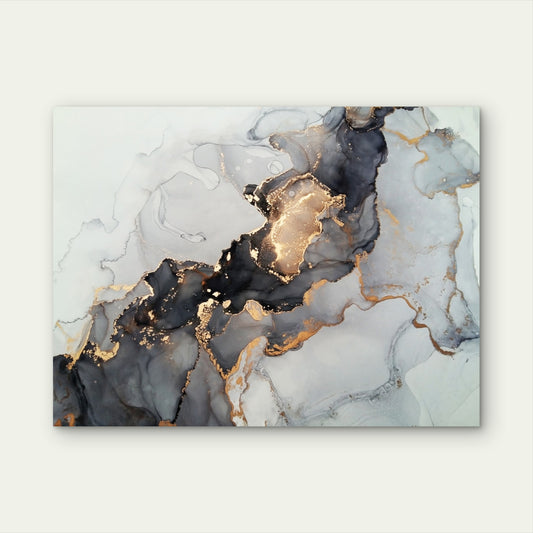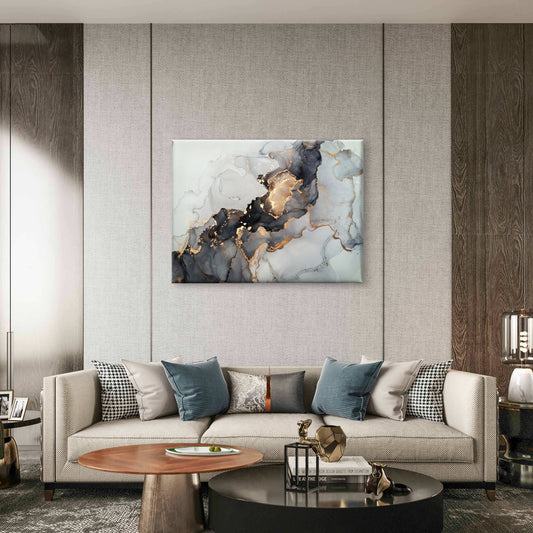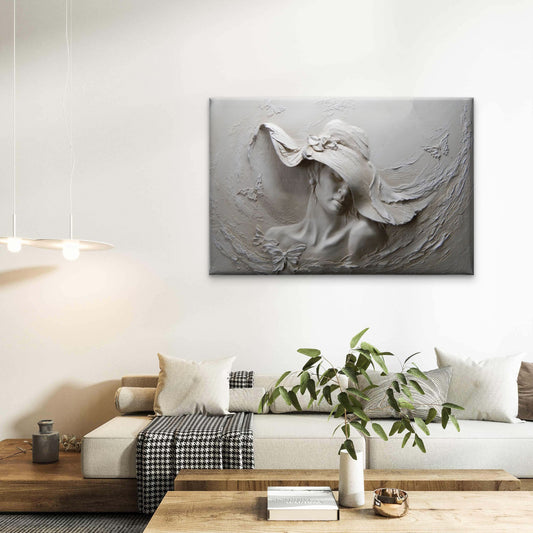When it comes to showcasing your wall art, choosing the right frame is just as important as the artwork itself. The right frame not only protects and enhances the artwork but also plays a crucial role in tying together your home décor. If you’re in Melbourne, selecting the perfect frame for your artwork can help transform a simple piece into a true masterpiece on your walls. Here’s everything you need to know about choosing the best frame for your wall art.
1. Consider the Artwork Style and Medium
The first step in framing your artwork is to consider the style and medium of the piece. The type of art you’re framing, whether it’s a painting, print, photograph, or poster, will influence your framing choices.
- Canvas Artworks: For canvas pieces, especially large-scale art, a floating frame is a great option. Floating frames create the illusion that the artwork is hovering within the frame, giving a modern and elegant feel.
- Prints & Posters: When framing prints or posters, you may want to opt for a more minimalist design. A simple thin frame in black, white, or metallic can make a poster or print stand out without overpowering the artwork.
- Photography: For photographic prints, consider using matting to create a buffer between the frame and the photograph. This not only highlights the photo but also adds depth.
2. Choose the Right Frame Color
Selecting the right color for your frame is essential for creating harmony between the artwork and its surroundings. Here are a few guidelines:
- Neutral Colors: Black, white, and wood-toned frames are versatile choices that can complement a wide range of artwork. Black frames create a sleek, modern look, while white frames provide a clean, minimalist aesthetic. Natural wood frames add warmth and work well in both contemporary and traditional settings.
- Matching Tones: Consider the dominant colors in your artwork and try to match or contrast them with your frame. For example, a black-and-white photograph looks great in a black or white frame, while colorful artwork can pop in a natural wood or metallic frame.
- Bold Frames for Bold Art: If your artwork is vibrant and dynamic, you can experiment with metallic frames or colored frames to make a statement. Gold and silver frames, for instance, add a touch of luxury to abstract or classical art.
3. Frame Size and Scale Matter
The size and scale of the frame should match both the artwork and the space where it will be displayed. A frame that’s too large or too small can detract from the impact of the art.
- For Large Artworks: Opt for a wider frame to give the artwork more presence on the wall. Larger frames work well with large paintings or prints, helping to anchor the piece visually.
- For Small Artworks: Small prints or photos benefit from a narrower frame or thick matting to add size without overwhelming the art.
- Oversized Matting: For certain pieces, oversized matting can create an elegant, gallery-like feel, drawing more attention to the artwork by framing it with extra negative space.
4. Matting: To Use or Not to Use?
Matting can significantly impact the appearance of your artwork. A mat serves as a border between the artwork and the frame, adding space and depth. Here are a few reasons to consider matting:
- Adds Depth: Matting helps the eye focus on the artwork by providing a buffer zone. This works well with photography, prints, and sketches.
- Protects the Art: Matting keeps the artwork away from the glass, preventing condensation and sticking.
- Customizable: You can select colored matting to complement or contrast the artwork. White or off-white mats are classic choices, while colored mats can add vibrancy and fun.
5. Think About the Room’s Style
While the frame’s primary function is to enhance the artwork, it’s also important to consider how the frame will fit within your room’s décor. For those living in Melbourne, where design tastes often blend modern minimalism with vintage flair, it’s important to align your framing with your interior style.
- Modern Homes: For a contemporary Melbourne home, sleek metal or simple black frames offer a clean, minimalist look. Floating frames can also work well in modern spaces, adding a polished yet unobtrusive frame around canvas art.
- Traditional Décor: If your space is more traditional, wood frames in darker tones like walnut or mahogany may better complement your design. Ornate frames with decorative details are also suitable for more classical styles of art.
- Eclectic or Boho Spaces: Melbourne’s love for eclectic designs can be reflected in the choice of quirky, colorful, or mixed-material frames. Consider distressed or painted frames for a more casual, bohemian vibe.
6. Protect Your Art with Quality Glass or Acrylic
The type of glass or acrylic you choose for your frame is essential in ensuring your artwork remains in pristine condition.
- Regular Glass: While it’s the most common and affordable option, regular glass can reflect light, making it hard to view the artwork in brightly lit rooms.
- Non-Reflective Glass: This is a great option for reducing glare and allowing clear visibility of your art from any angle.
- Acrylic: Acrylic is lightweight and shatter-resistant, making it ideal for larger frames or for homes with kids. It also offers UV protection, which is essential for preserving artwork, especially if exposed to direct sunlight.
7. Where to Frame Your Artwork in Melbourne
There are many local options for getting your artwork framed in Melbourne, from custom framing shops to online services that cater to every budget and taste. Supporting local Melbourne framers not only ensures high-quality craftsmanship but also gives you the opportunity to consult with professionals who understand current trends in home décor.
Choosing the perfect frame for your artwork is about more than just aesthetics. It’s about finding the right balance between the artwork, your personal style, and your room’s décor. Whether you opt for a minimalist black frame, a vintage wood design, or a floating frame, make sure your choice enhances both the art and the space.


